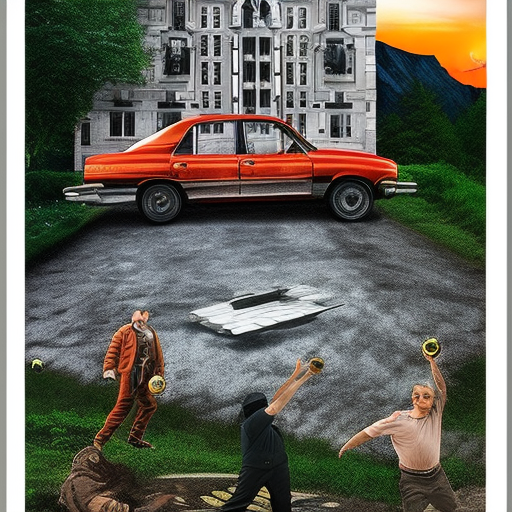Summary: Parodies are humorous imitations or satirical representations of a work, genre, or style that aim to entertain and often critique the original. They can take various forms, including literature, music, film, and art. Parodies often rely on exaggeration, irony, and wordplay to create comedic effects. They serve as a form of cultural commentary, challenging societal norms and providing a fresh perspective on familiar subjects.
Definition and Characteristics
A parody is a creative work that imitates another work or style in a humorous or satirical manner. It often exaggerates the characteristics of the original work to create comedic effects. Parodies can be found in various art forms, including literature, music, film, and visual art. They rely on irony, wordplay, and clever references to the original work to entertain and engage the audience.
Purpose and Function
The primary purpose of a parody is to entertain and amuse the audience. By imitating and satirizing well-known works, parodies provide a fresh perspective and challenge the conventions of the original. They often serve as a form of cultural commentary, critiquing societal norms, popular culture, and even political ideologies. Parodies can also be used to highlight the absurdity or flaws of the original work or genre.
Forms of Parody
Parodies can take various forms, each with its own unique characteristics. In literature, parodies can be found in the form of humorous poems, novels, or short stories that imitate the style or themes of well-known literary works. In music, parodies are often created by altering the lyrics of popular songs to create humorous or satirical versions. In film, parodies are commonly seen as spoof movies that mock specific genres or popular films. Visual art parodies can take the form of paintings, sculptures, or photographs that imitate famous artworks or styles.
Famous Parodies
There have been numerous famous parodies throughout history that have left a lasting impact on popular culture. One of the most well-known literary parodies is “Don Quixote” by Miguel de Cervantes, which parodies the chivalric romance genre. In music, “Weird Al” Yankovic is renowned for his humorous song parodies, such as “Eat It” (a parody of Michael Jackson’s “Beat It”). In film, the “Scary Movie” franchise parodies various horror films, while “Airplane!” parodies disaster movies. Visual artist Marcel Duchamp’s “L.H.O.O.Q.” is a famous parody that involves adding a mustache and goatee to Leonardo da Vinci’s “Mona Lisa.”
Impact and Reception
Parodies have a significant impact on popular culture and can shape public opinion. They provide a platform for social and political commentary, often challenging the status quo and questioning authority. Parodies can also serve as a form of escapism, allowing audiences to laugh at familiar subjects and find humor in everyday life. However, the reception of parodies can vary, with some people appreciating the humor and wit, while others may find them disrespectful or offensive to the original work.
Conclusion
Parodies are a form of creative expression that entertain and critique through imitation and satire. They can be found in literature, music, film, and art, and often rely on exaggeration, irony, and wordplay to create comedic effects. Parodies serve as a form of cultural commentary, challenging societal norms and providing a fresh perspective on familiar subjects. Whether loved or criticized, parodies continue to play a significant role in shaping popular culture and providing entertainment for audiences worldwide.












